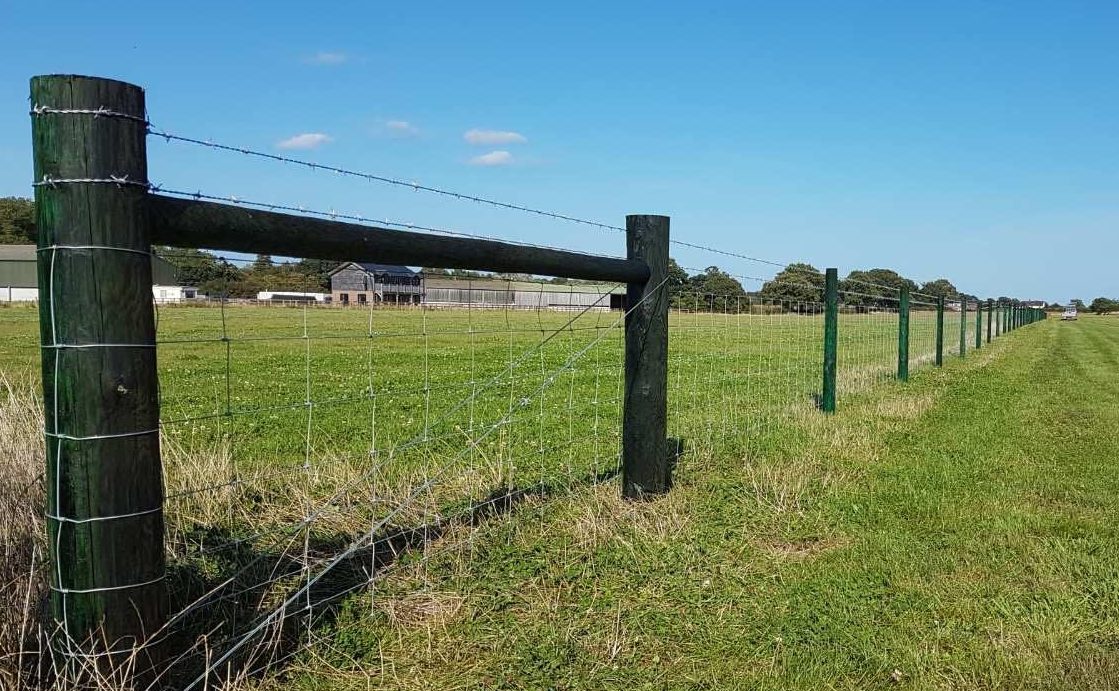Life cycle analysis for Tanasote®
Assessing environmental impact
Independent bodies, such as the Committee on Climate Change, have reported that favouring timber over high carbon materials like concrete and steel is one of the most effective ways to reduce carbon emissions. This is where timber treatment really comes to the forefront; providing long term protection against fungal decay and insect attack to one of the most sustainable building materials.
Investment in life cycle analysis (LCA) to evaluate the environmental impact of a product from cradle to grave is crucial when comparing wood products with alternatives. For the development of Tanasote® S40, a BPR authorised wood preservative designed for the treatment of high performance, heavy duty wood applications, an LCA was carried out by independent practitioners following ISO 14040 and ISO 14044. The LCA ‘ReCiPe’ method was adopted, covering analysis of the following three categories for end use applications such as railway sleepers and utility poles:
damage to ecosystem;
damage to human health;
damage to resources.
A sensitivity analysis was also completed to assess the influence of agricultural land occupation and terrestrial land transformation as part of the LCA.

Summary of LCA for utility poles
Looking specifically at utility poles, the LCA results show that Tanasote® S40 treated wooden poles were the lowest impact pole type, when compared against a cast concrete pole, fibreglass polyester pole, steel pole, spun concrete pole and fibreglass epoxy pole. The Tanasote® S40 treated wooden pole had the lowest impact in damage to ecosystems, damage to human health and damage to resource and several sensitivity analyses also showed that the Tanasote® S40 treated wooded pole was the lowest impact option.
By comparing materials in end-use application, such as in utility poles, the market is able to better understand the comparative average life time costs. Costings need to consider the cost of the timber, the treatment process, the cost and retention of the preservative, transportation to site, installation, maintenance, replacement and end-of-life-disposal.

Summary of LCA for railway sleepers
This LCA compared wooden sleepers treated with Tanasote® with those made from concrete and steel, and covers:
- the production of raw materials;
- transport
- manufacturing (taking into account the consumption of energy and the production of waste);
- the use emissions over the whole lifetime and the end-of-life management.
• The graph opposite show Tanasote® treated wooden sleepers have the lowest overall Normalized Impact per European person emission equivalent (which is equal to the impacts in Europe in one year weighted by the population).


